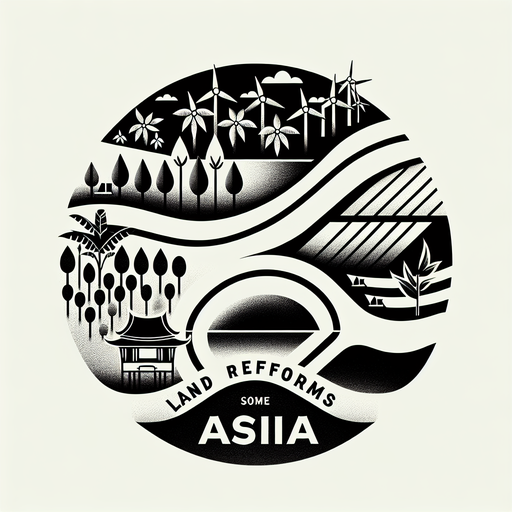Kurofune
How London's Icon Became a Global Timekeeper,
On a warm day in June 1853, dark silhouettes emerged on the horizon near Uraga, at the entrance of Edo Bay in Japan. Known as the kurofune—the Black Ships—they symbolized a powerful outside world Japan had long held at bay. For more than two centuries, Japan thrived under deliberate isolation, forbidding contact with outsiders under strict penalties. But Commodore Matthew Perry’s arrival would thrust the island nation onto a turbulent path toward modernization.
Japan’s isolation, or sakoku, began in the early 1600s as a strategic move by the Tokugawa shogunate to prevent foreign influences and maintain internal stability. For generations, Japan allowed only a small enclave of Dutch traders restricted to the artificial island of Dejima, near Nagasaki. By the mid-19th century, however, Western powers became increasingly impatient. Driven by America's economic ambitions and strategic interests in Asia, President Millard Fillmore dispatched Commodore Perry to open Japan’s markets.
Perry first arrived in June 1853, delivering demands for trade and diplomatic relations. The shogunate, caught off guard and thrown into turmoil, debated fiercely about whether to comply. Perry withdrew temporarily, promising to return the following year, giving the shogunate time to prepare defensive measures. However, their efforts proved insufficient, and upon Perry’s return in 1854, Japan signed the Treaty of Kanagawa, establishing formal diplomatic relations with the United States.
The arrival of Perry’s Black Ships was more than an end to isolation; it ignited a transformative shift that would redefine Japan’s destiny. Within decades, Japan rapidly embraced industrialization, developed railways, factories, and modernized its military and governmental structures during the Meiji Restoration. This forced modernization laid the groundwork for Japan’s emergence as a global power in the 20th century.
Craving more? Check out the source behind this Brain Snack!


